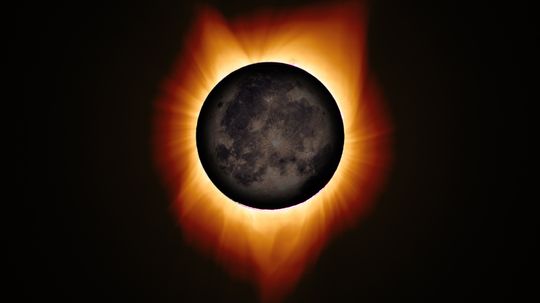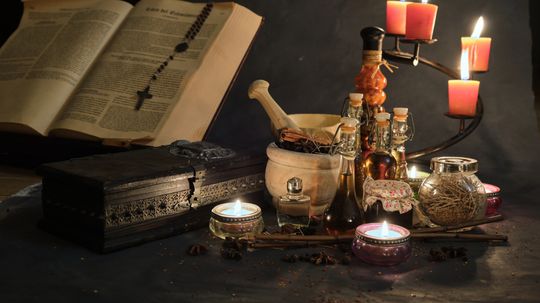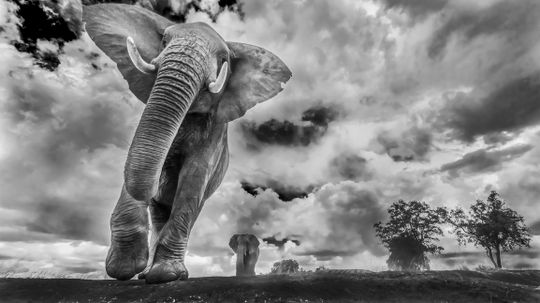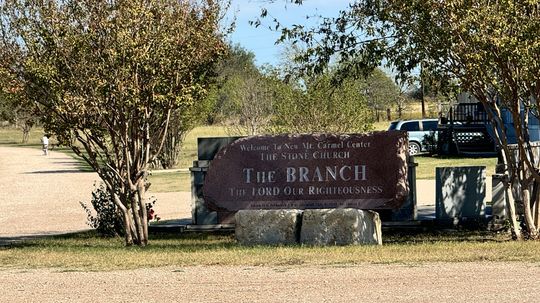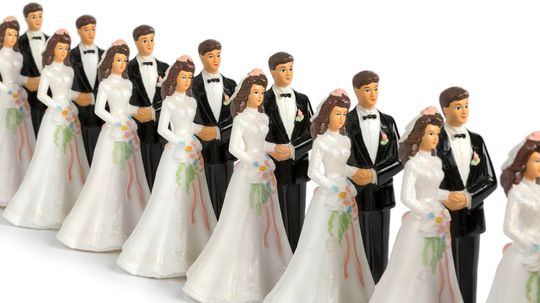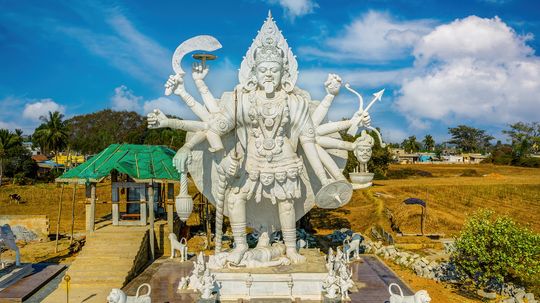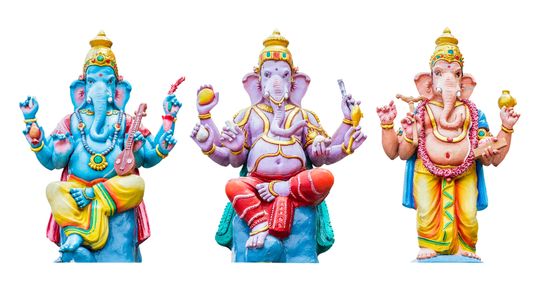Culture & Traditions
Cultures and Traditions takes a look at how people interact with each other. This might be through sub-cultures, relationships, fads or religion and spirituality.

Inside LA's Forest Lawn, Where the Biggest Celebrities Rest in Peace

Is Human Composting the Greenest Burial Option?

What's With Germany's Strict Burial Regulations?
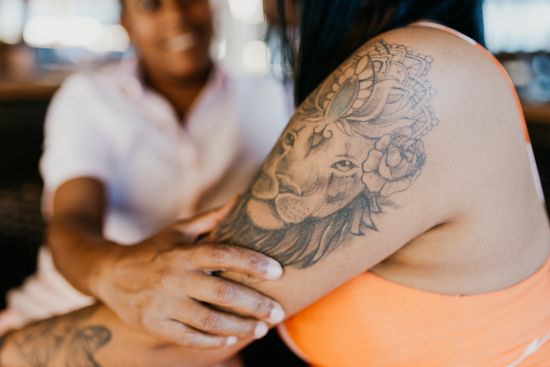
Unleashing Majestic Power: Exploring the Symbolism of Lion Tattoos
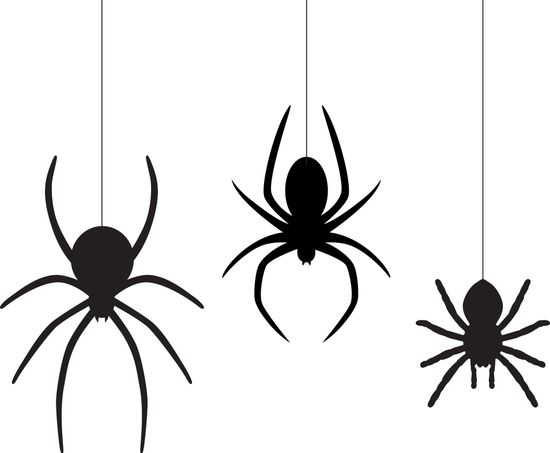
Unveiling the Profound Symbolism of Spider Tattoos
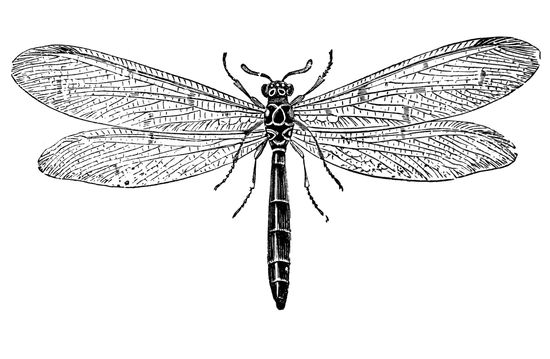
Unraveling the Symbolic Tapestry of Dragonfly Tattoos: Meanings, Designs, and Transformative Power
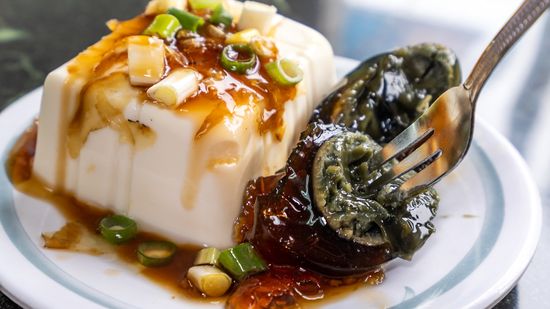
The 10 Weirdest Foods in the World Have Us Struggling to Finish Lunch
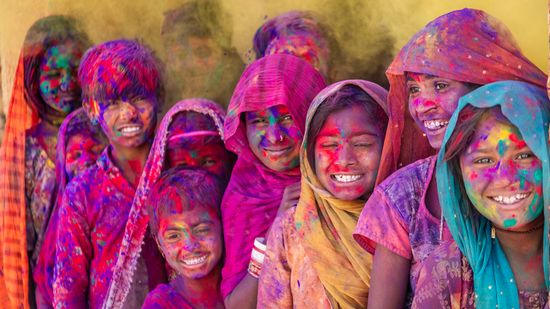
13 Indian Festivals That Celebrate Life, Love and Renewal
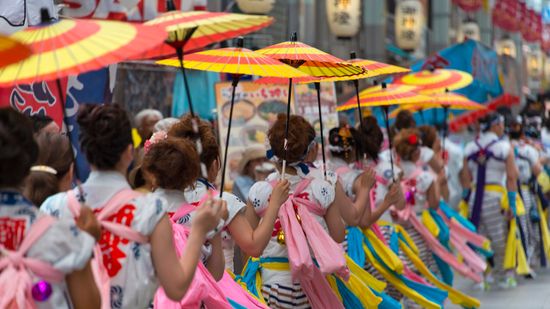
10 Japanese Festivals With Distinctly Different Vibes

12 Weird Words That Don't Always Mean What They Used To

5 Types of Communication You Didn't Know You're Using

The Most Common Words in English Aren't Nouns or Verbs
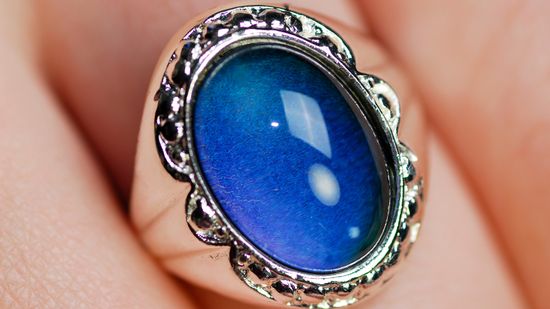
What's the Science Behind Mood Rings?
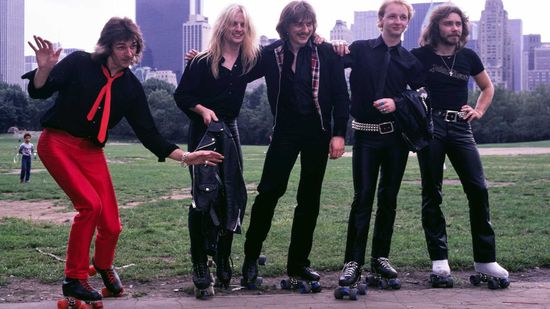
10 Things We Love to Hate About the '70s and '80s

Celebratory Yard Signs Are Having a Major Moment

5 Family Traditions for New Babies

5 Family Anniversary Traditions

5 Family Traditions for Daughters
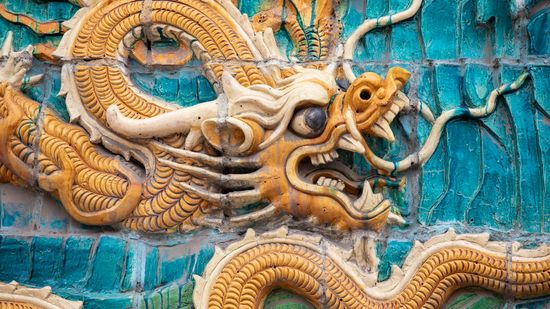
13 Types of Dragons Humans Have Dreamt Up Over Millennia
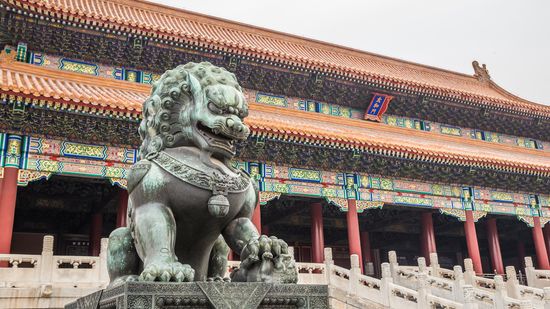
Foo Dog: A Mythical Mix of Lion and Chow Chow

Are Black Magic Spells Powerful? The Truth Behind Their Strength

20 Old Money Last Names That Scream Aristocracy

20 Most Common Surnames in the U.S. (and What They Mean)

What Are the Most and Least Popular Birthdays in the U.S.?

90s Slang You Don't See Anywhere but TikTok Anymore

7 Gen Z Characteristics to Help You Understand Zoomers

10 Millennial Characteristics to Decode a Generation

How Many Sentences Are in a Paragraph, Really?

All About Adjectives: Examples, Types and Uses

Simile Examples in Literature and Everyday Language
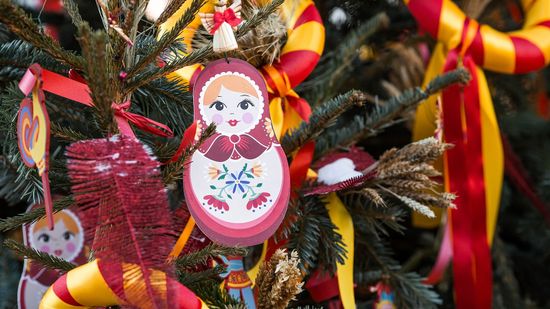
Russian Christmas Traditions: Jan. 7, Nativity Fast (Not Feast!) and More

Origins of Santa Claus: A Turkish Saint and American Poetry

The Origins of Christmas and a Roman Sun God's Birthday
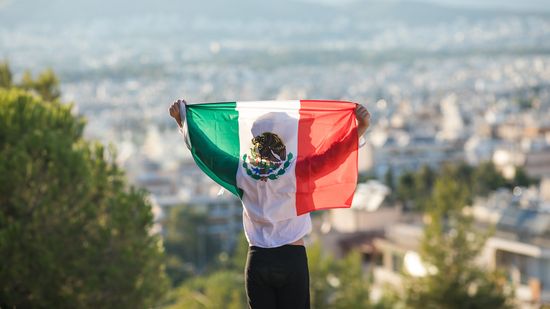
Mexico's Flag Represents Ancient History and Everlasting Hope

5 Black-Red-Yellow Flag Designs Around the World
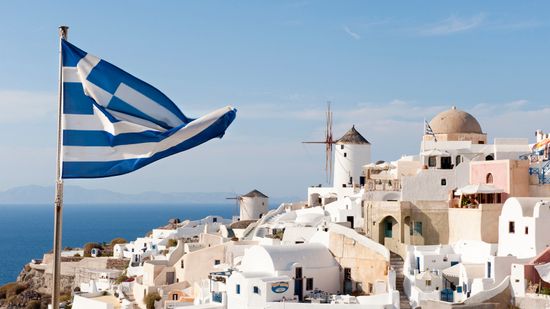
Which Blue and White Flag Is That? 9 Possibilities

How to Tell If She’s Cheating: Common Clues and Behaviors

Signs She’s Not in Love with You – She’s Just Playing Along

7 Signs He Likes You More Than Just a Friend

The Origins of Yoga: Spirituality, Meditation, and Wholeness
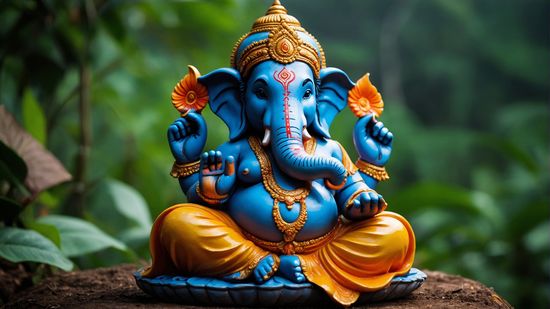
Origins of Hinduism and a Constantly Evolving Religion
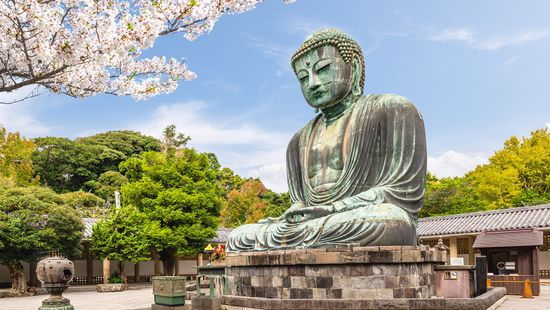
The Origins of Buddhism: A Very Brief History

The Zizians: A Strange and Dangerous Techno-Cult

How Synanon Went From Rehab Philosophy to Violent Cult

Branch Davidians and David Koresh's End of the World

Quiz: Finish That Jingle!

How One Woman Unexpectedly Became the Voice of Siri
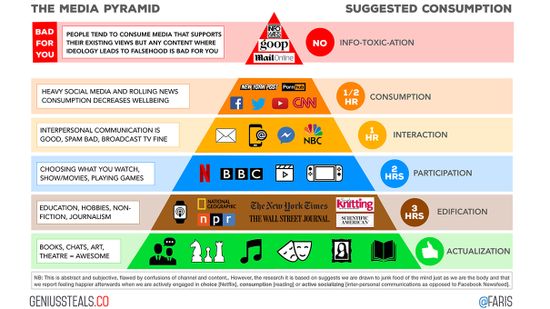
There's a Healthier Way to Consume Your Media
Learn More / Page 4
Signs she is pretending to love you include lack of affection, emotional distance, and inconsistent behavior. Learn key red flags to spot fake love.
By HowStuffWorks
Black magic spells have been used for centuries to influence fate, love, and power. Discover their history, types, and the truth behind their mystical forces.
By HowStuffWorks
Discover powerful solar eclipse rituals for manifestation, cleansing, and transformation. Learn ancient and modern practices to harness eclipse energy.
By HowStuffWorks
Advertisement
Is sound bowl healing real? Discover its benefits, science, and how vibrational frequencies promote relaxation, chakra balancing, and inner peace.
By HowStuffWorks
Discover the different types of witchcraft, from Wicca to hedge witchery. Learn about ancient practices, magical traditions, and modern spiritual paths.
By HowStuffWorks
Discover the deep dandelion tattoo meaning, symbolizing freedom, resilience, hope, and new beginnings. Explore its spiritual and personal significance.
By HowStuffWorks
Is an octopus tattoo meaning deep and symbolic? Discover its connection to intelligence, adaptability, mystery, and strength in different cultures.
By HowStuffWorks
Advertisement
Is a spider web tattoo meaning linked to crime, time served, or personal struggles? Discover its deep symbolism, cultural shifts, and modern interpretations.
By HowStuffWorks
Synanon began as an alternative rehabilitation program for alcoholics and drug addicts in Santa Monica, California, during the 1950s and 60s.
By Mitch Ryan
a scorpion tattoo meaning linked to power, protection, or danger? Discover its deep symbolism, cultural significance, and popular designs.
By HowStuffWorks
Unfolding the Rich Tapestry of Flower Tattoo Symbolism
By HowStuffWorks
Advertisement
Is a triangle tattoo meaning spiritual, symbolic, or geometric? Discover its deep significance in religion, alchemy, and sacred symbolism.
By HowStuffWorks
Discover the deep symbolism behind elephant tattoos. Learn about their meanings in strength, wisdom, luck, and spirituality across different cultures.
By HowStuffWorks
In 1993, FBI officials and other law enforcement agents became locked in a 51-day standoff with the Branch Davidians, a religious sect living on a 940-acre farm and compound near Waco, Texas, led by self-proclaimed prophet David Koresh.
New religious movements generally garner equal parts attention and skepticism; this is especially true for new and alternative religions in America. The United States has a long list of cult leaders who experienced a meteoric rise to fame, followed quickly by an abrupt fall from grace.
By Mitch Ryan
Advertisement
Tongue twisters are those delightfully tricky phrases or verses that are designed to challenge the articulation and coordination of speech. The hardest tongue twister is packed with sequences of similar sounds, particularly consonants, that are super tricky to say quickly or repeatedly.
By Karina Ryan
Discover the uplifting symbolism of sunflower tattoos, representing happiness, loyalty, and positivity. Explore their deep meanings and inspiring design ideas.
By HowStuffWorks
Unveil the symbolic beauty of feather tattoos, representing freedom, spirituality, and transformation. Explore their meanings and unique design inspirations.
By HowStuffWorks
Discover the deep symbolism of rose tattoos, representing love, passion, balance, and beauty. Explore their meanings and find inspiration for your next design.
By HowStuffWorks
Advertisement
Joker tattoo meaning explores duality, chaos, and freedom, symbolizing rebellion, humor, or life’s unpredictability. Perfect for bold, unique expressions.
By HowStuffWorks
The Christian faith — like many religions — is known for having a range of interpretations, especially when it comes to the Bible. Today we'll be looking at a passage from Ephesians, from which we get the term "armor of god."
By Zach Taras
The most powerful Christian deity is divided into three primary forms: the Father, the Son and the Holy Spirit. With so many forms, it's only natural that this Holy Trinity would bear so many namesakes.
By Mitch Ryan
In Hinduism, Kali represents the vengeful feminine form of Vishnu, the protector of the universe. Vishnu, working in tandem with Brahma and Shiva, forms the primary cosmic governing body of the Hindu tradition, a triumvirate known as the Trimurti.
By Mitch Ryan
Advertisement
Shiva is one of the most revered deities in Hinduism, known as the god of destruction and transformation. He is a central figure in the Trimurti, alongside Brahma (the creator), and Vishnu (the preserver).
By Zach Taras
Hinduism is one of the world's oldest religions in the world, with roots stretching back over 4,000 years. According to The Pew Research Center, there are about 1 billion Hindus in the world, representing 15 percent of the global population. Approximately 94 percent of Hindus live in India, and 60 percent of Southern Asia's total population is Hindu.
By Ada Tseng


